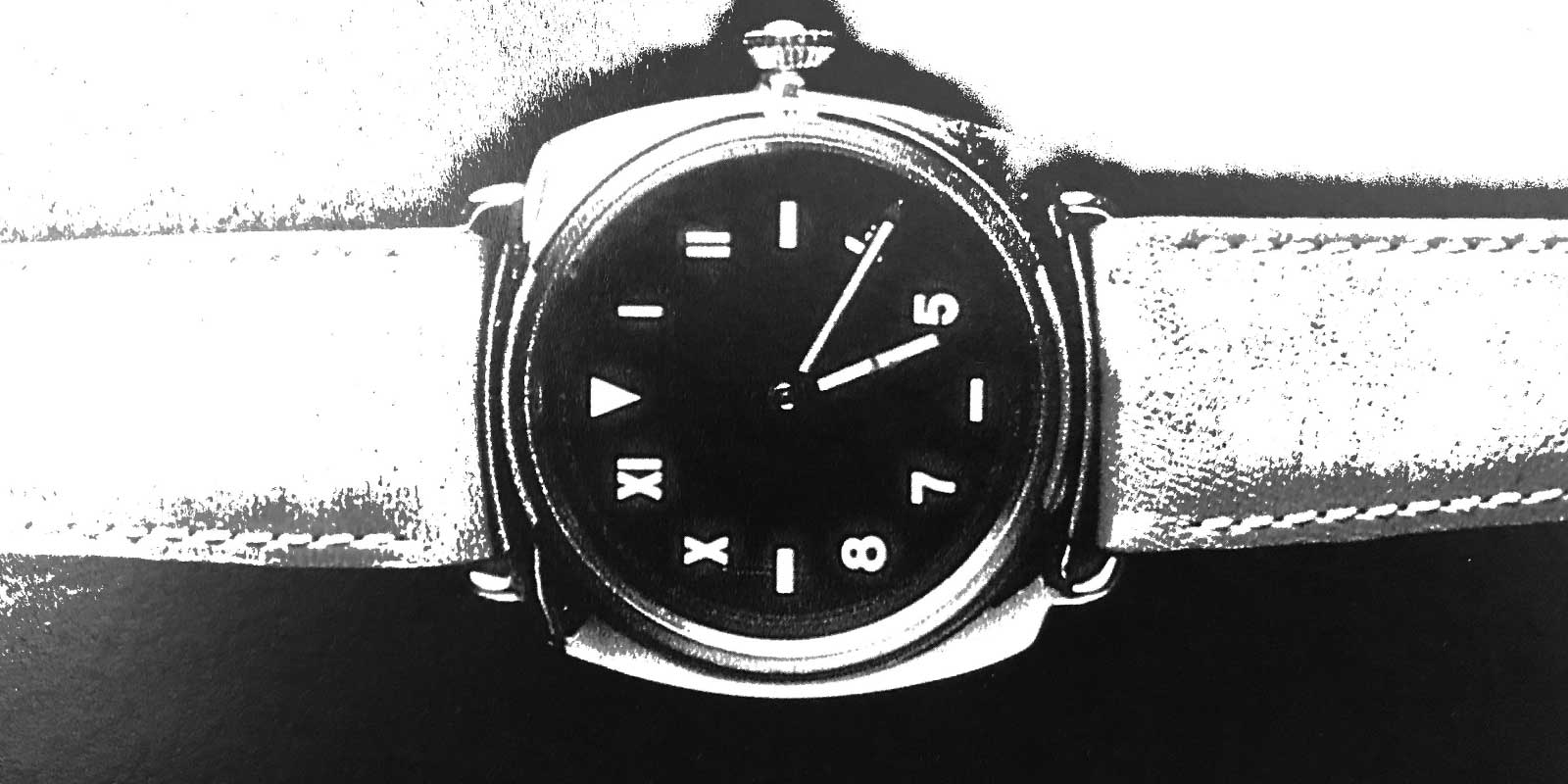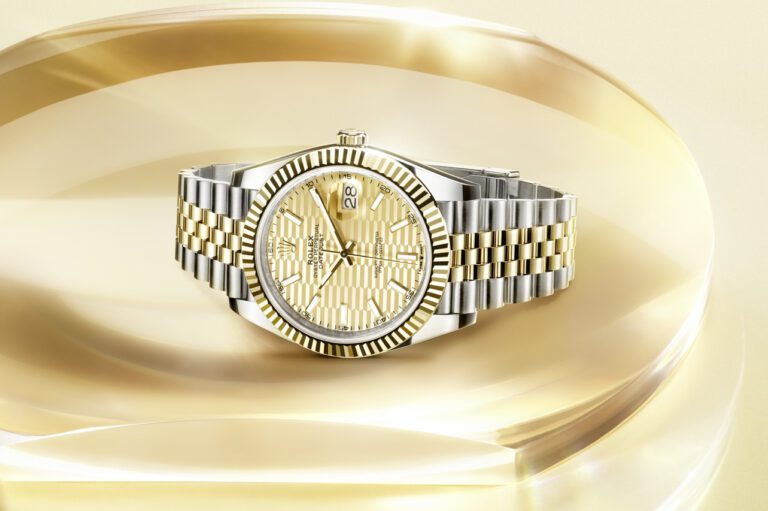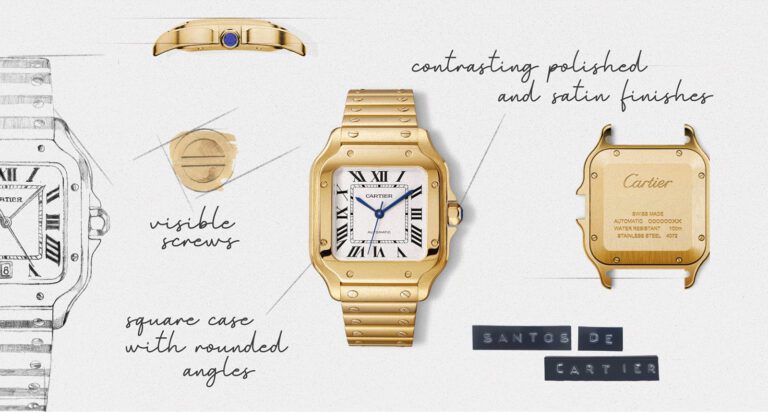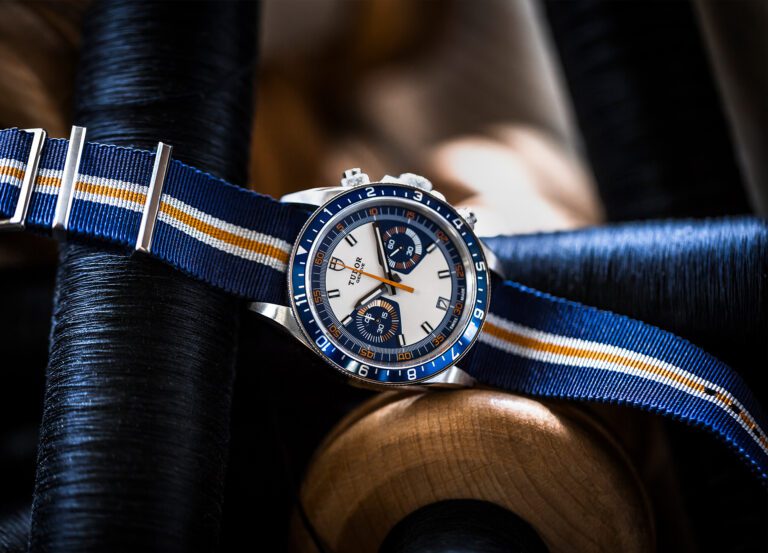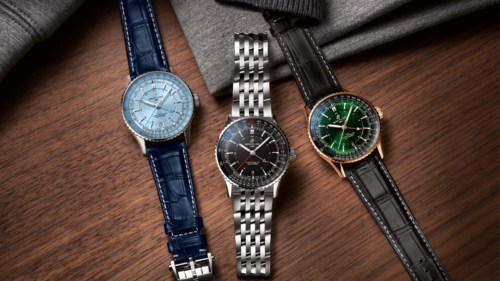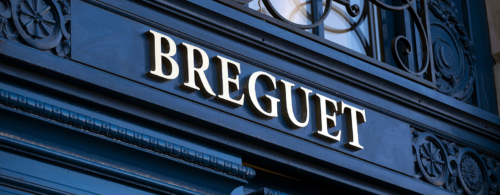Solving the Panerai Dial Mystery
Two Panerai dials invoke the military issue history of the Italian Brand
One of the signature features of the Panerai Radiomir collection are the dials. Several different variations are available. Today we’re focusing on two of the most historically significant ones. The RADIOMIR CALIFORNIA 3 DAYS ACCIAIO – 47MM and the RADIOMIR S.L.C. 3 DAYS ACCIAIO – 47MM. More than just a vintage quirk, their distinct faces are an intriguing part of the story behind the first prototype wristwatch created by the Florentine brand in 1936.
Adding to the mystique is the fact that the first Radiomirs were exclusively military issue. And a military secret at the time. (Panerai wristwatches were not presented to the public until 1993.) They were the result of a unique, one-off arrangement between Panerai and the Swiss watch manufacturer, Rolex. Combining the know-how of the two brands, the Radiomir became the first military diving watch and saw plenty of action during the Second World War.
It’s All About Historical Context
At the beginning of the 20th century, the company, then known as G. Panerai e Figlio, became an official supplier to the Regia Marina (The Royal Italian Navy.) Initially, contracts focused on precision instruments. Such as night aiming devices, time bombs, submersible navigation tools, and mechanical calculators. Panerai also worked to develop a self-sustaining source of illumination for the military equipment.
Stemming from Marie and Pierre Curie’s 1898 discovery, Guido Panerai invented a radium-based compound circa 1915. He patented this compound in France in 1916 and named “Radiomir”. (The adverse effects of radiation exposure were then unknown.) The substance’s high visibility underwater and adhesive qualities were excellent. Radiomir became a key component in all subsequent production for the Regia Marina.

By 1935, World War II was beginning to loom on the horizon. In the previous World War, Italy had experienced success with combat swimmers. Since then, the development of portable underwater breathing devices had led to the creation of a new class of combatant. The underwater demolition specialist; commando “frogman”. Waterproof timepieces were essential to the concept.
Hence, the Regia Marina approached Panerai with the request for a wristwatch. Able to withstand extreme conditions, keep exact time and offer excellent readability even under water. Giuseppe Panerai (son of Guido) turned to one of their Swiss suppliers, Rolex. The Swiss company had invented the “Oyster” case almost a decade earlier in 1926 and was a forerunner of the waterproof watch sector at the time.
The Prototypes

From 1936, Panerai began to submit prototypes for the proposed “Radiomir”. The genesis for the design was a 47mm Rolex Oyster pocket watch. Turned on its side so that the crown would be located at 3 o’clock. The large, cushion-shaped case was made from Staybrite stainless steel. (An austenitic stainless steel offering the best resistance to corrosion at the time). Wire lugs were welded to the case to support a water-resistant strap, long enough to be worn over a diving suit. The hand-wound movement was a Calibre 618 by Cortebert (made exclusively for Rolex). No seconds hand was provided. The case and movements were supplied to Panerai for exclusive use and modification.
Panerai produced the highly sophisticated dials. Incorporating the all-important Radiomir for the numerals, indices and hands. In most cases, an intricate multi-layer ‘sandwich’ construction was employed. The goal was to insert as much Radiomir paste as possible. (The construction was in preliminary stages at the time – the final “sandwich” dial was still a few years off.) The prototypes featured various design layouts for the dial. Of these, the now well-known four Arabic numerals, interspersed by a series of barred indexes layout was officially commissioned. It was protected by a 4mm thick Perspex crystal. The other layouts, dating back as early as 1936, were either not used at first, or never made it past the prototype phase. Hence their modern-day allure.
A “California” Dial?

The “California” dial, reference 3646, was among the first prototypes but was not adopted until 1944. The Art Deco design was very distinct. An upside-down triangle at 12 o’clock. Horizontal, rectangular indexes at 3, 6 and 9 o’clock. 1, 2, 10 and 11 marked by Roman numerals, while 4, 5, 7 and 8 were shown as Arabic numbers. To this day, the layout is strongly associated with the Radiomir. Several theories exist for why it is referred to as “California”. Most are connected to the interest in vintage watches (especially “Bubble Backs”) that occurred at the start of the 1980s. In one way or another, the half-Roman half-Arabic dial became popular in California. And the name stuck.
The RADIOMIR CALIFORNIA 3 DAYS ACCIAIO – 47MM (PAM00424) shares a close likeness to the original reference. The black dial with vintage, patina-like luminous markings is a faithful recreation. It includes the Roman and Arabic numerals and hour markers. As well as a closed rail track chapter ring. In addition, the (military reference) ‘OP’ logo appears above 6 o’clock. The hour and minute hands are fashioned in the same style as the original, but the modern version opts for gold (over blued metallic). The case, along with polished bezel and lugs are near identical to the early prototypes. With the exception of an open case back revealing the Manufacture movement. Special case markings include the word CALIFORNIA stamped on the dial rim (above 12 o’clock).
The Siluro a Lento Corsa

An even rarer prototype was the reference 2533. Panerai named this dial “S.L.C.” after the “Siluro a Lento Corsa” (slow-moving torpedo). A two-man underwater assault vehicle developed by the Regia Marina, typically launched from a submarine. The S.L.C. dial had a minimalist design of baton and dotted hour indexes. The words ‘RADIOMIR PANERAI’ appeared below 12 o’clock. (The California dial was left anonymous.) It was rejected based on the fact that it allowed too little of the luminous Radiomir to be used. However, like the California, the S.L.C. dial was distinct. And today it is prized as an important piece in the story of the first Panerai wristwatch. (Only two examples of the original S.L.C. dial are known to exist.)
The RADIOMIR S.L.C. 3 DAYS ACCIAIO – 47MM (PAM00425) again stays true to the original. The baton and dotted dial is identical to the prototype. The dial is presented in the Panerai “sandwich” format, in which an under-plate is filled with lume. The luminescence shines through the cutouts of the corresponding upper-plate. Like the modern California interpretation, it opts for gold hands. And S.L.C. is stamped in the same position on the dial rim. A dial embellishment occurs above 6 o’clock. Two commando frogmen riding a slow-moving torpedo are shown in bas-relief. An open case back provides an unobstructed view of the Manufacture movement.
Metal & Movement

The modern Radiomir watch is entirely Panerai-made. AISI 316L stainless steel is used for the case. Its hypoallergenic properties make it ideal for contact with the skin. Like the austenitic stainless steel used for the original military issues, AISI 316L is highly resistant to corrosion.
Both Radiomir models are fitted with the hand-wound mechanical P.3000 calibre. Created entirely at Panerai’s Swiss-based Manufacture, its substantial size traces its origins from the pocket watch movements originally used. Two secure bridges cover the majority of mechanical parts. In total there are 161 components, turning on 21 jewels. Two spring barrels connected in a series are employed to ensure the delivery of even force over the longer 3-day power reserve. The movement includes a Glucydur® balance, and Incabloc® anti-shock device.
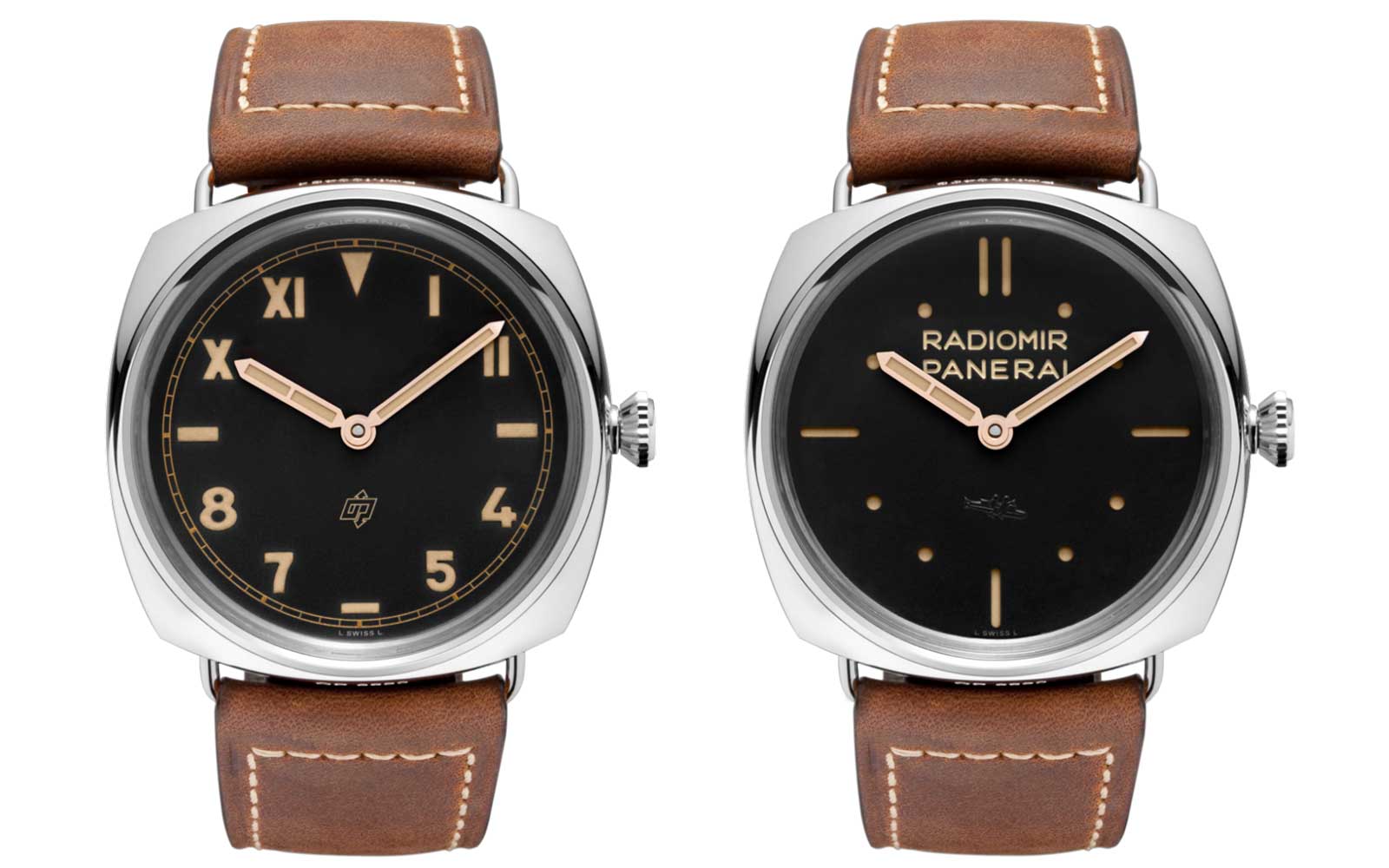
A Testament to History
The Radiomir wristwatches proved very effective. Legibility was key for use in murky waters of enemy harbours, under the cover of darkness. So effective in fact, that the divers had to cover their wristwatches to avoid being detected by sentinels at the surface. It’s fair to say these tool watches played a key role in combat diver warfare during the Second World War. And were a crucial step towards the modern diver’s watch.
The prototype phase of the first Panerai wristwatch is a coveted moment of the brand’s history. The two modern interpretations discussed do a great job in capturing the historical character of the early test pieces. Both are priced at $10,500 and are presented on leather straps. To enquire about the possibility of purchasing one, please contact our WATCHES OF SWITZERLAND Boutiques in Perth or Sydney.








 Rolex
Rolex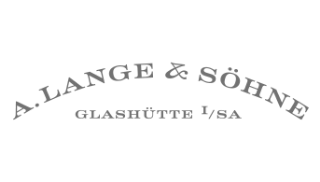 A. Lange & Söhne
A. Lange & Söhne Blancpain
Blancpain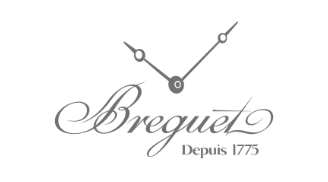 Breguet
Breguet Breitling
Breitling Cartier
Cartier Hublot
Hublot Vacheron Constantin
Vacheron Constantin IWC Schaffhausen
IWC Schaffhausen Jaeger-LeCoultre
Jaeger-LeCoultre OMEGA
OMEGA Panerai
Panerai Roger Dubuis
Roger Dubuis TAG Heuer
TAG Heuer Tudor
Tudor FOPE
FOPE Agresti
Agresti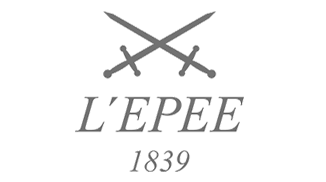 L’Épée 1839
L’Épée 1839



